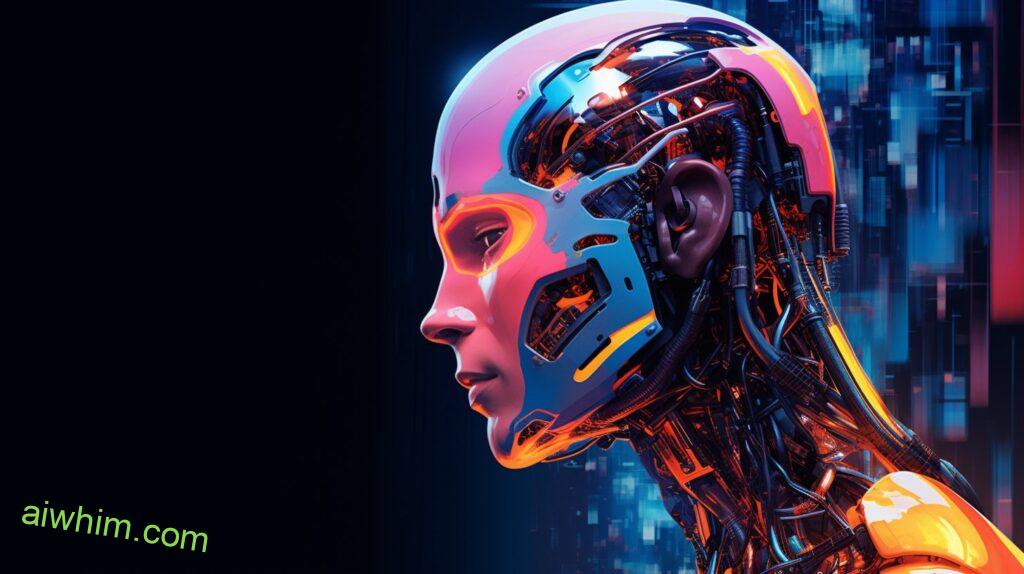In the realm of interior design, the emergence of artificial intelligence (AI) has sparked speculation about its potential as a future designer. This article delves into the rise of AI in interior design and explores its impact on design trends.
Additionally, it examines AI-generated interior designs and how they enhance the design process. Furthermore, it discusses the role of AI-driven virtual reality in interior design and its potential for personalized design solutions.
Finally, it addresses the challenges and limitations that accompany AI’s integration into the field of interior design.
Key Takeaways
- AI has the potential to revolutionize the field of interior design by streamlining and enhancing design processes.
- AI can optimize space utilization and maximize functionality without compromising aesthetics.
- Ethical considerations need to be addressed when integrating AI into interior design, including bias, privacy, and security concerns.
- AI’s ability to think outside established norms and capture unique preferences could make it a powerful tool in the future of interior design.
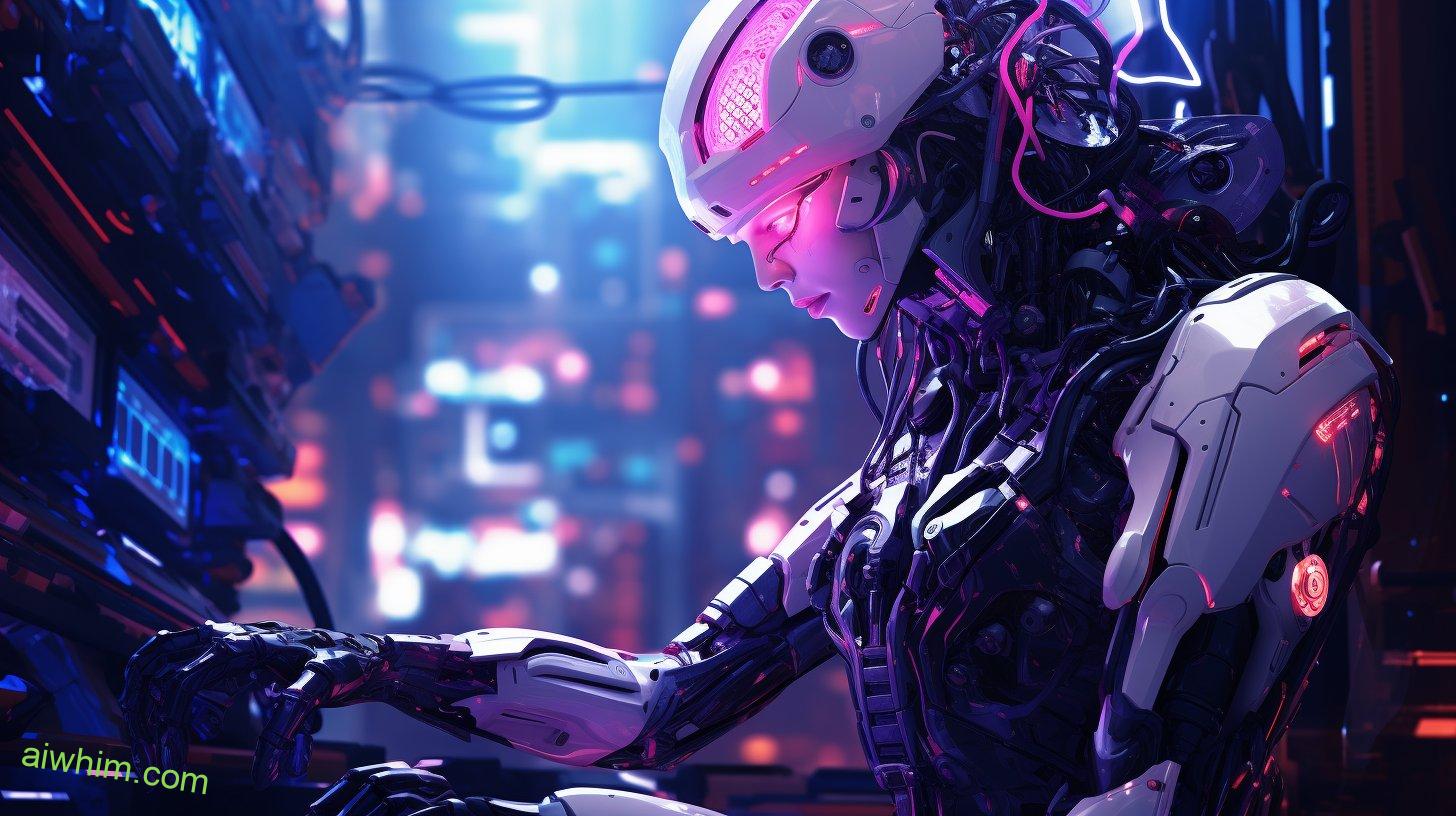
The Rise of AI in Interior Design
The incorporation of AI technology has led to an increasing presence of automated design tools in the field of interior design. These tools have revolutionized the way designers work and have had a significant impact on customer satisfaction and sustainable design practices.
One of the key advantages of AI in interior design is its ability to enhance customer satisfaction. By analyzing vast amounts of data, AI algorithms can learn about individual preferences and tailor designs to meet specific needs. This personalized approach ensures that customers feel heard and valued, leading to higher levels of satisfaction with the final design outcomes.
Additionally, AI plays a crucial role in promoting sustainable design practices. With growing concerns about environmental conservation, designers are increasingly seeking ways to reduce waste and minimize their carbon footprint. AI-powered tools enable designers to optimize space utilization, select eco-friendly materials, and create energy-efficient designs. Moreover, by simulating various scenarios and evaluating their environmental impact, AI can help identify the most sustainable options for a given project.
AI not only improves customer satisfaction but also contributes to sustainability efforts in interior design. By automating processes and providing valuable insights, it streamlines the decision-making process for designers while ensuring that ecological considerations are taken into account.
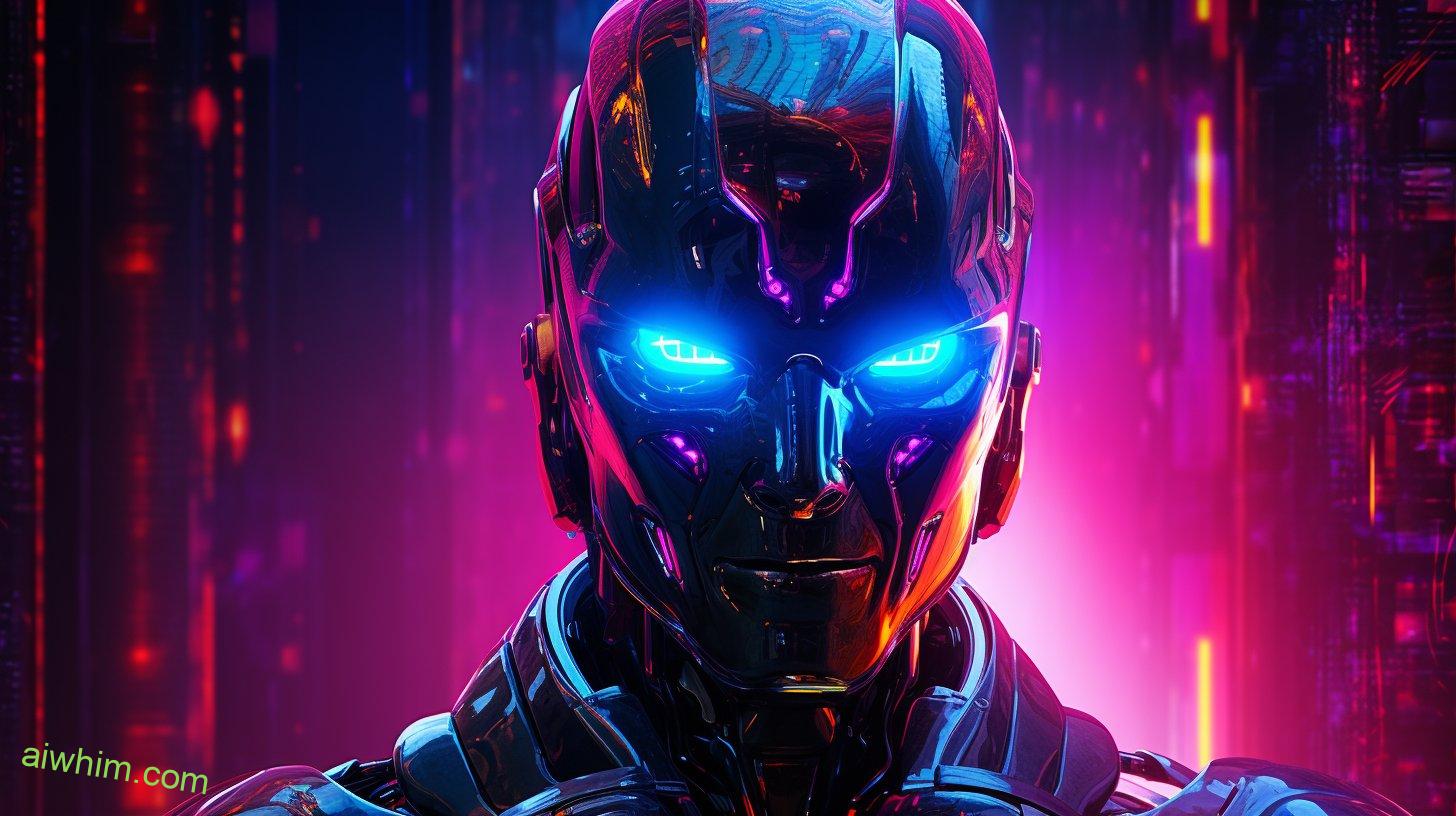
AI’s Impact on Design Trends
One potential impact on design trends is the integration of artificial intelligence technology. As AI continues to advance, it is transforming various industries, including interior design. AI’s influence on color schemes and furniture choices is a significant aspect of this transformation.
- AI’s influence on color schemes: With the help of AI technology, designers can analyze vast amounts of data to identify patterns and preferences related to color schemes. By analyzing data from social media platforms, online shopping sites, and other sources, AI algorithms can determine popular color combinations and even predict future color trends. This information enables designers to make informed decisions about color selection in their projects.
- AI’s impact on furniture choices: AI-powered tools can assist designers in selecting appropriate furniture for a given space. By considering factors such as room dimensions, style preferences, and user demographics, AI algorithms can suggest furniture options that optimize both functionality and aesthetics. Moreover, AI can also provide insights into how different furniture arrangements may affect the overall ambiance of a space.
- Enhanced customization opportunities: Through AI technology, designers have access to advanced customization options for their clients. By using machine learning algorithms that learn from user preferences and behavior patterns, designers can create personalized spaces that cater to individual needs and tastes.
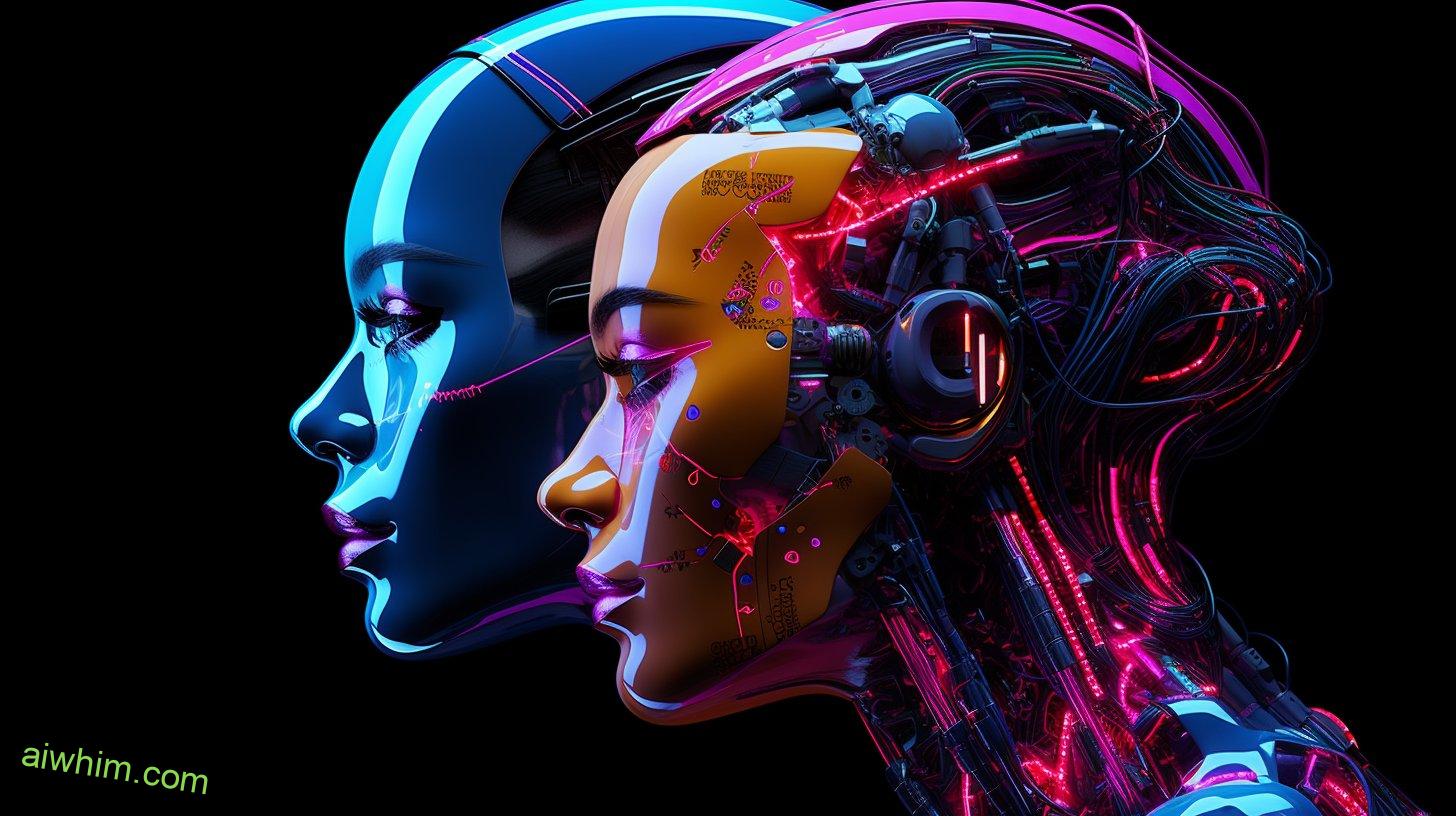
Exploring AI-Generated Interior Designs
Examining AI-generated interior designs provides valuable insights into the potential of artificial intelligence in transforming the field of design. AI generated designs have emerged as a powerful tool, revolutionizing the creative process and challenging traditional notions of human-centered design. By leveraging advanced algorithms and machine learning techniques, AI has shown remarkable capabilities in generating innovative and aesthetically appealing designs.
AI powered creativity enables designers to explore new possibilities by automating repetitive tasks and augmenting their creative abilities. The use of generative adversarial networks (GANs) allows AI systems to learn from vast amounts of data, enabling them to generate plausible and visually striking interior designs. These designs can be tailored to specific preferences or constraints, ensuring that they meet the needs and desires of individual clients.
One key advantage of AI-generated interior designs is their ability to transcend conventional design boundaries. Through pattern recognition and analysis of large datasets, AI systems can identify emerging trends and incorporate them into their creations. This provides designers with a wealth of inspiration and allows them to push the boundaries of traditional design practices.
Furthermore, AI-generated designs also offer a level of personalization that was previously unattainable. By analyzing user preferences, behavior patterns, and demographic information, AI systems can create spaces that are tailored specifically for individuals or target audiences. This level of customization enhances user satisfaction by delivering unique experiences that resonate with their personal tastes.
However, it is important to note that while AI-powered creativity holds significant promise for revolutionizing the field of interior design, it should not be seen as a replacement for human designers. Rather than replacing human creativity entirely, AI serves as a complementary tool that enhances designers’ abilities by providing new sources of inspiration and streamlining certain aspects of the design process.
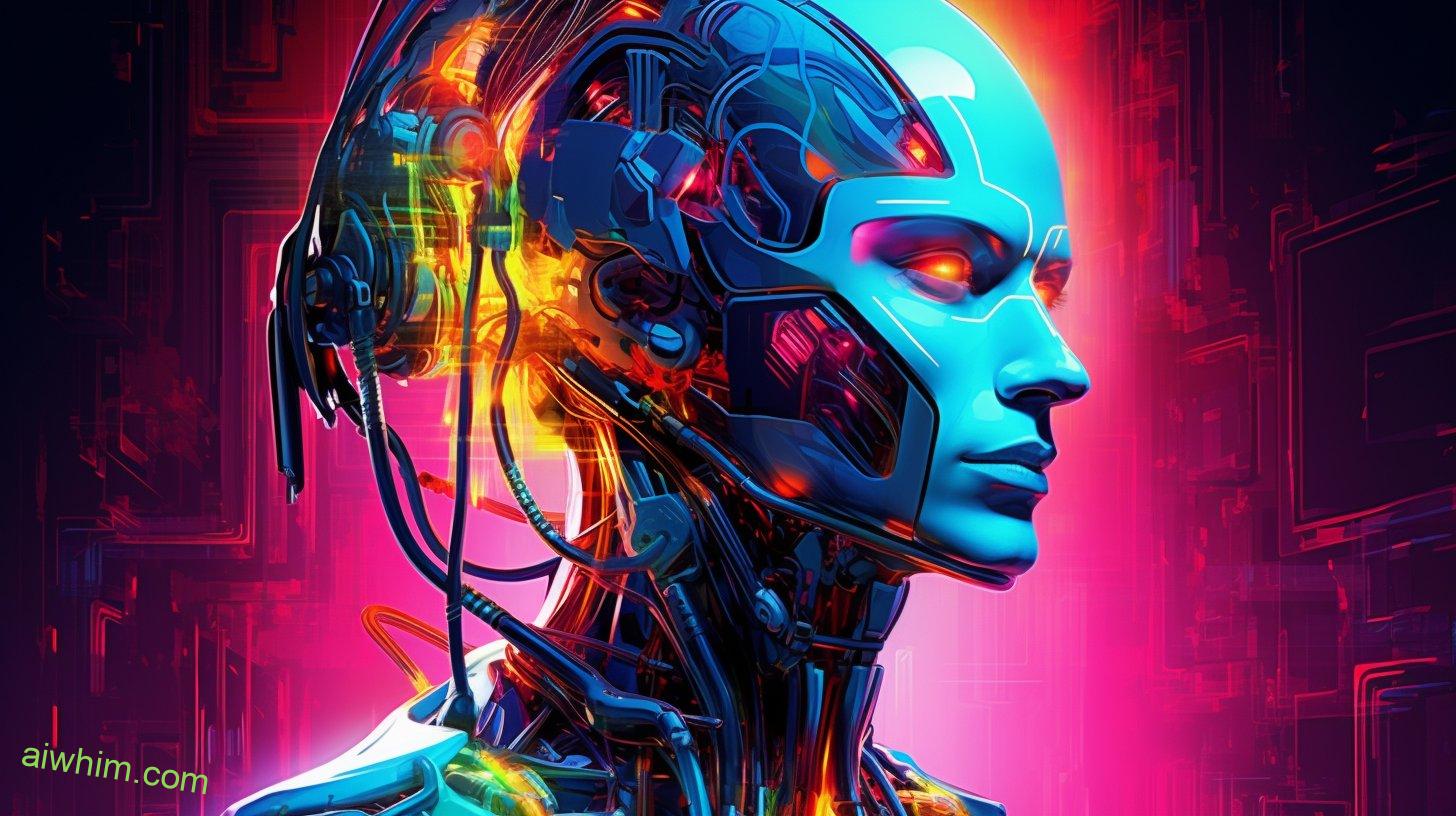
Enhancing the Design Process With AI
Enhancing the design process involves leveraging artificial intelligence to streamline and optimize creative workflows through automation and augmentation techniques. By utilizing AI, designers can enhance their creativity and improve design efficiency.
AI plays a significant role in enhancing creativity by providing designers with new tools and capabilities. Through machine learning algorithms, AI systems can analyze vast amounts of data, including images, patterns, and designs from various sources. This enables designers to gain inspiration from diverse sources quickly and easily. Additionally, AI-powered tools can generate alternative design options based on user preferences or specific design parameters. This not only expands the realm of possibilities for designers but also stimulates their creative thinking process.
Furthermore, AI has a profound impact on design efficiency. It automates repetitive tasks such as drafting floor plans or generating 3D models, saving time for designers to focus on more complex aspects of the project. AI algorithms can also assist in optimizing layouts or suggesting materials that align with the client’s requirements while considering cost-effectiveness and sustainability factors.
In summary:
- AI provides designers with new tools and capabilities for enhanced creativity.
- Machine learning algorithms enable quick analysis of diverse data sources for inspiration.
- AI-powered tools generate alternative design options based on user preferences or specific parameters.
These advancements in technology empower designers to explore innovative ideas while streamlining their workflow processes efficiently using artificial intelligence techniques. As AI continues to advance, it is expected that its role in enhancing creativity and improving design efficiency will become even more prominent in the future of interior design.
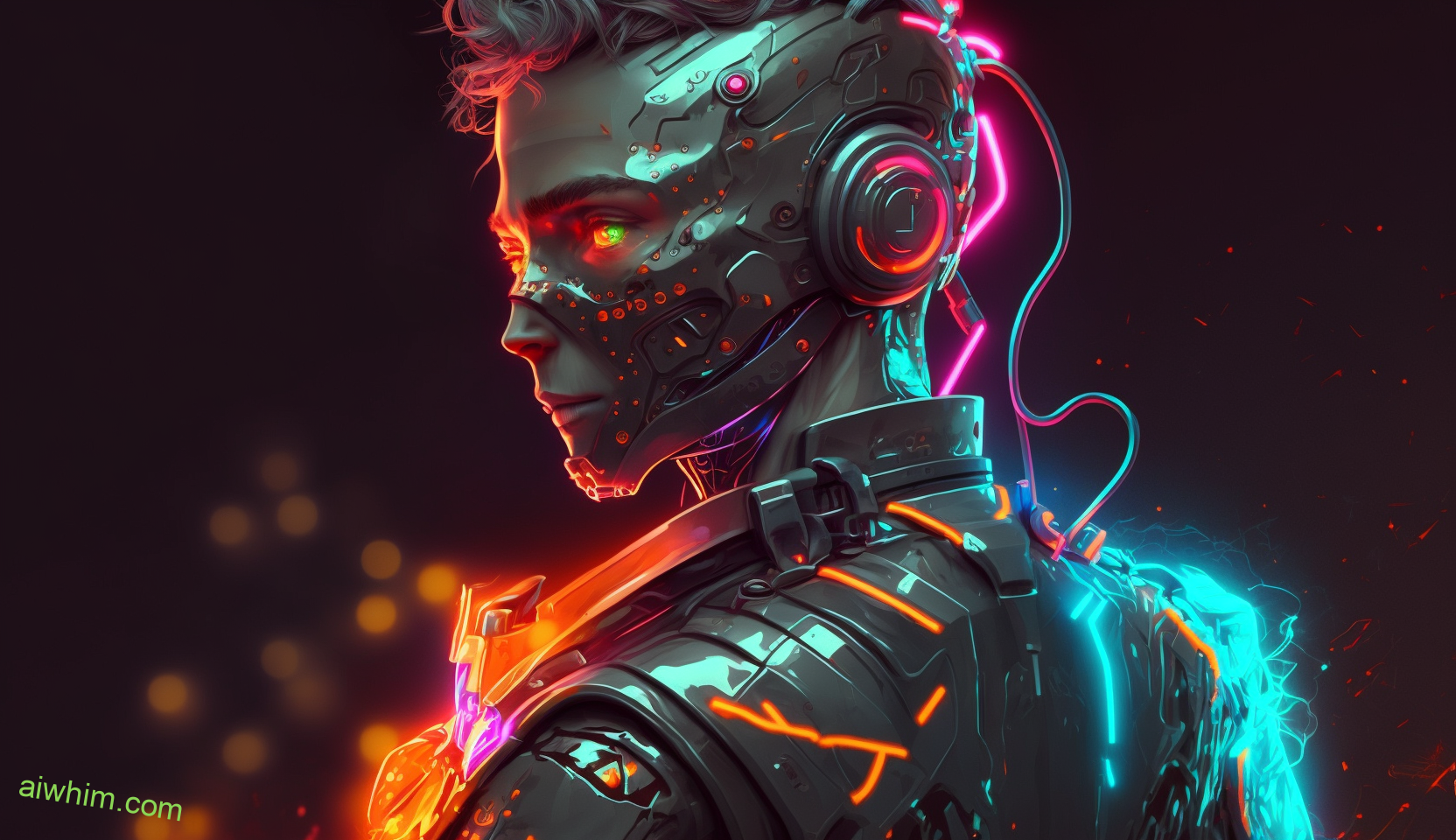
AI-Driven Virtual Reality in Interior Design
The integration of AI-driven virtual reality technology in the design process revolutionizes the visualization and presentation capabilities within the field, providing users with immersive experiences that allow them to interact with and explore virtual interior spaces. AI-powered room simulations enable designers to create realistic representations of their ideas, helping them visualize and refine their concepts before actual implementation. These simulations utilize advanced algorithms to generate accurate spatial layouts, lighting conditions, materials, and textures.
Virtual reality design experiences offer users a new level of freedom and flexibility in exploring and evaluating different design options. Through virtual reality headsets or screens, users can navigate through a three-dimensional representation of an interior space as if they were physically present. They can change colors, rearrange furniture, adjust lighting settings, and experiment with various styles without any physical constraints.
Moreover, AI-driven virtual reality technology enhances collaboration between designers and clients by facilitating real-time communication and feedback. Designers can share their virtual designs with clients remotely, allowing them to experience the proposed interior spaces firsthand. Clients can provide input on different aspects such as layout preferences or material choices directly within the virtual environment.
AI-powered virtual reality in interior design also has practical applications beyond visualization. It can assist in optimizing energy efficiency by simulating how natural light interacts with different elements within a space. Additionally, it can aid in accessibility planning by generating simulations that consider mobility constraints or ergonomic requirements.

AI’s Role in Personalized Design Solutions
AI’s contribution to personalized design solutions lies in its ability to analyze user preferences and generate tailored recommendations, thereby improving the overall design experience. With advancements in artificial intelligence (AI), designers can now leverage this technology to understand individual tastes, preferences, and lifestyles more effectively.
AI’s influence on customization has revolutionized the field of interior design by offering a range of benefits, including:
- Enhanced User Experience: By analyzing vast amounts of data, AI algorithms can identify patterns and trends in user behavior. This allows designers to provide personalized recommendations that align with each user’s unique style and requirements.
- Time Efficiency: AI-powered tools can significantly reduce the time required for designing spaces. By automating repetitive tasks such as sourcing furniture or matching color schemes, designers can focus their efforts on creating innovative and customized solutions.
- Design Optimization: Through machine learning algorithms, AI systems continuously learn from user feedback and adapt their recommendations accordingly. This iterative process ensures that design solutions evolve over time, becoming more refined and tailored to individual needs.
Moreover, AI’s role in personalization extends beyond recommendation engines. Virtual reality (VR) technologies combined with AI enable users to visualize designs in a realistic manner before implementation. This empowers individuals to make informed decisions about various elements such as layout, materials, lighting, and furniture placement.
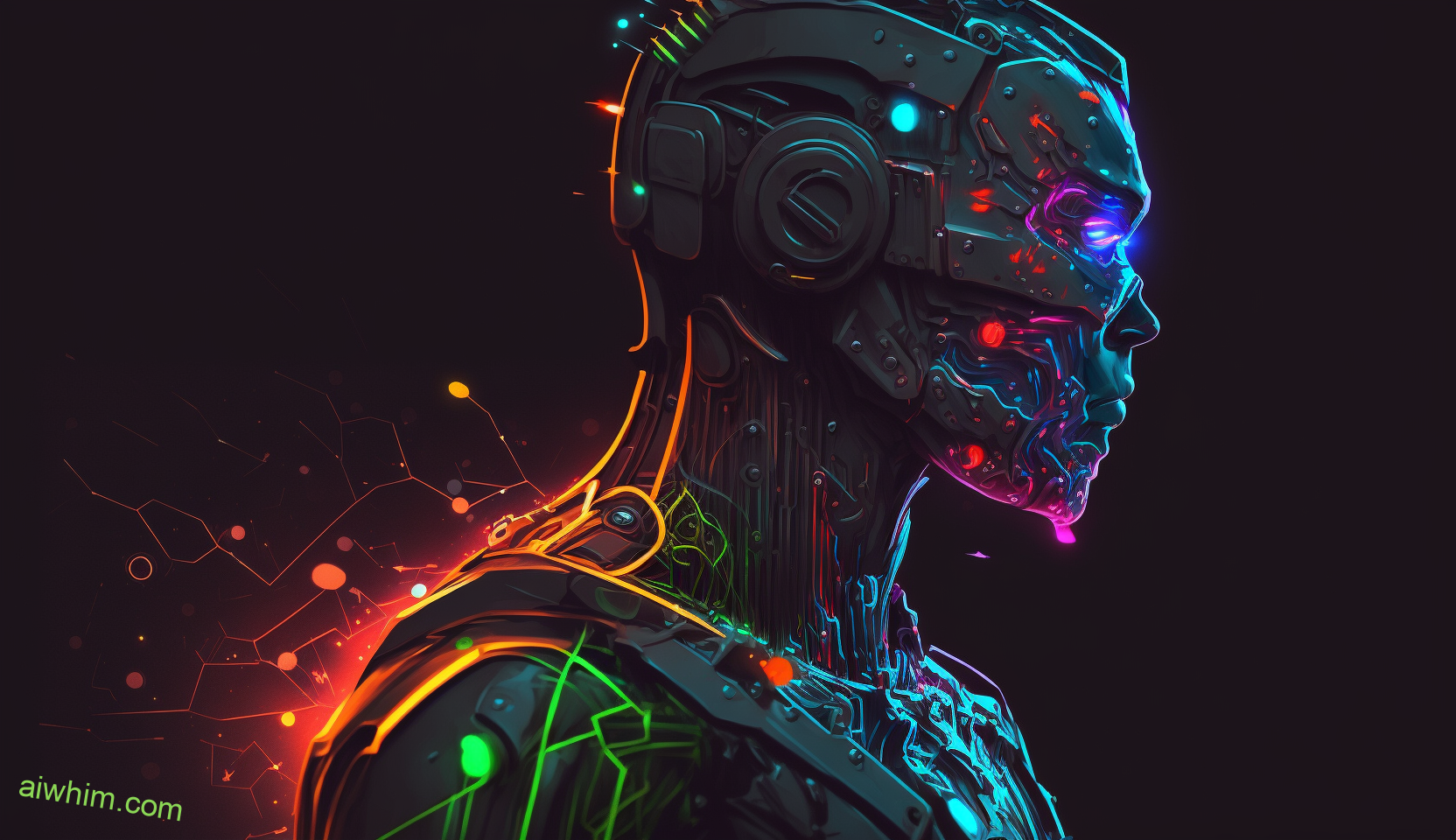
The Future of Collaborative Design With AI
Collaborative design processes can be revolutionized through the integration of advanced algorithms and technologies, enabling designers to work more efficiently and effectively. The future of collaborative AI design holds great potential for transforming traditional design practices by incorporating artificial intelligence (AI) into the process. By leveraging AI technologies, designers can benefit from enhanced decision-making capabilities, increased productivity, and improved creativity.
One key aspect of collaborative AI design is its ability to analyze vast amounts of data quickly and accurately. This allows designers to gain valuable insights into user preferences, market trends, and emerging patterns in design. By understanding these factors, designers can create more personalized and tailored solutions that meet the specific needs of their clients. Moreover, AI can assist in generating multiple design options based on predefined criteria or constraints, which promotes a more iterative and dynamic approach to the creative process.
Another advantage of collaborative AI design is its ability to facilitate effective communication among team members. Through real-time collaboration tools integrated with AI algorithms, designers can share their ideas seamlessly and receive instant feedback from colleagues or clients. This enables a more inclusive decision-making process that values diverse perspectives while ensuring efficient progress towards project goals.
Furthermore, collaborative AI design offers the potential for automating repetitive tasks such as drafting floor plans or generating 3D models. By offloading these routine activities to AI systems, designers can focus on higher-level conceptualization and problem-solving tasks that require human expertise and creativity. This not only saves time but also allows designers to explore more innovative solutions within tight project timelines.

Challenges and Limitations of AI in Interior Design
One significant challenge in the integration of advanced algorithms and technologies into interior design is the potential bias and limitations that may arise from relying solely on AI systems for decision-making processes. While AI has the potential to revolutionize the field by streamlining and enhancing design processes, it is important to consider its impact on creativity and space optimization.
- AI’s impact on creativity: One limitation of AI in interior design is its potential to stifle creativity. AI systems are typically programmed with pre-existing data and patterns, which can limit their ability to think outside of established norms. This may result in designs that lack originality or fail to capture the unique preferences and needs of individual clients.
- AI’s potential in space optimization: On the other hand, AI has immense potential when it comes to optimizing space utilization. With advanced algorithms and machine learning capabilities, AI can analyze spatial constraints, traffic flow patterns, and user preferences to suggest efficient layouts that maximize functionality without compromising aesthetics. This can be particularly beneficial in small spaces or complex environments where every square inch matters.
- Ethical considerations: It is also crucial to address ethical considerations when integrating AI into interior design processes. Bias within datasets used for training AI models can lead to discriminatory outcomes or reinforce existing social inequalities. Additionally, there are concerns about privacy and security when using AI-powered systems that collect personal data during the design process.
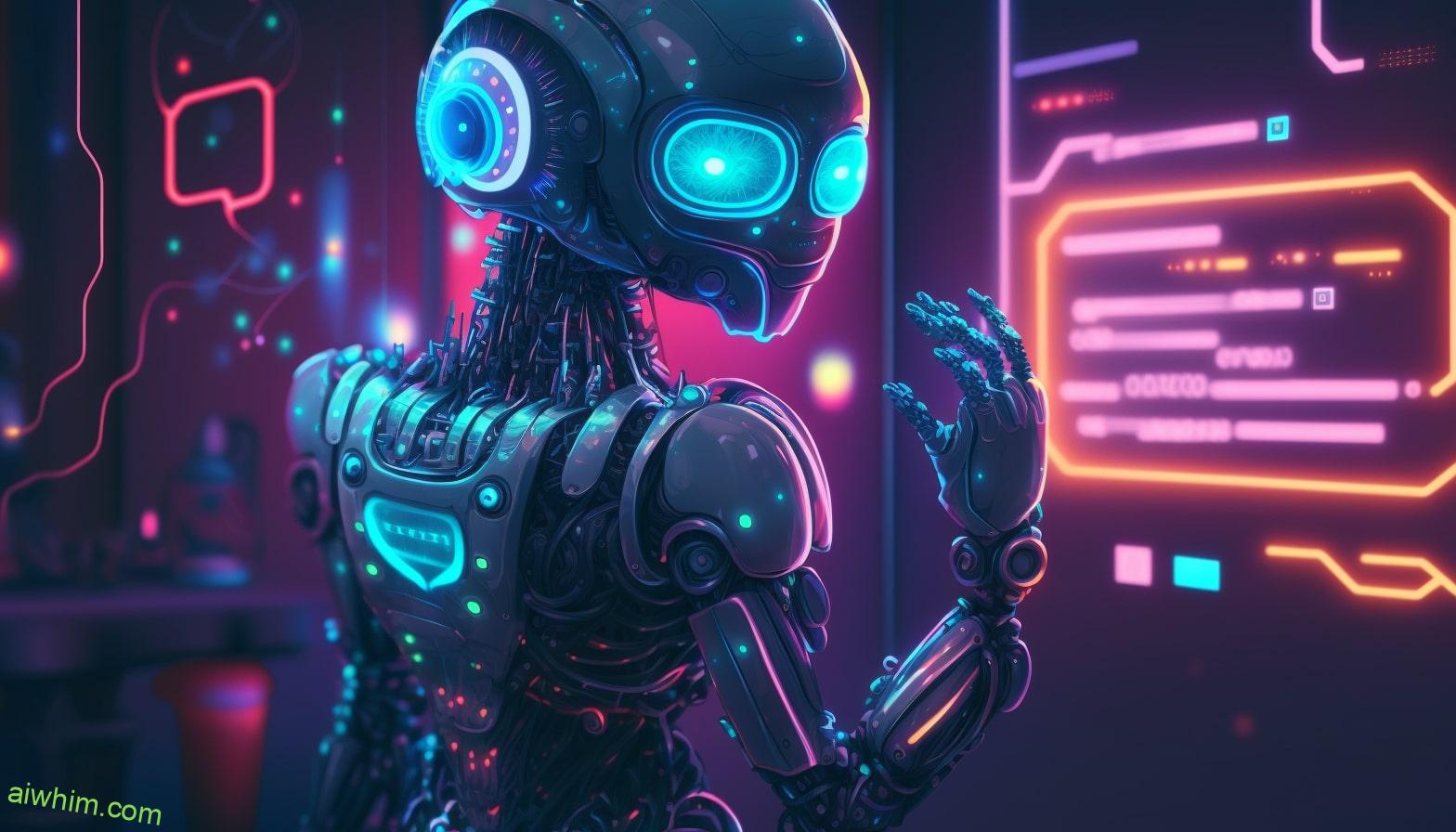
Frequently Asked Questions
How Does AI in Interior Design Impact the Job Market for Human Interior Designers?
The incorporation of AI in interior design has the potential to impact employment opportunities for human interior designers. It is expected that the job market trends may be affected due to the automation and efficiency provided by AI technology.
Can AI Accurately Predict the Emotional Response of Individuals to a Particular Interior Design?
AI’s ability to accurately predict the emotional response of individuals to specific interior designs is a topic of inquiry. This raises questions about the impact of AI on the job market for human interior designers.
What Ethical Considerations Should Be Taken Into Account When Using AI in Interior Design?
Ethical implications and privacy concerns arise when using AI in interior design. Considerations should be given to the potential invasion of privacy, data security, algorithm biases, and accountability for decisions made by AI systems.
How Does Ai-Generated Interior Design Differ From Human-Generated Designs in Terms of Creativity and Originality?
The comparison between AI-generated and human-generated interior designs regarding creativity and originality reveals distinct differences. While human designers have the capacity for subjective interpretation and unique artistic expression, AI’s output is based on algorithms, limiting its potential for innovation.
What Are the Potential Risks and Challenges of Relying Heavily on AI for Personalized Design Solutions in Interior Design?
The potential risks and challenges of relying heavily on AI for personalized design solutions in interior design include the loss of human touch, limited creativity, privacy concerns, and the need for continuous monitoring and updates.

Conclusion
In conclusion, the rise of AI in interior design holds great potential for enhancing the design process and creating personalized solutions. By utilizing AI-generated designs and incorporating virtual reality technology, designers can revolutionize their approach and offer immersive experiences to clients.
For example, imagine a futuristic living room created by an AI-powered system that takes into account the client’s preferences, lifestyle, and budget. The room seamlessly combines functionality, aesthetics, and personalization, resulting in a truly unique space that exceeds expectations.
Despite some challenges and limitations, AI has the ability to shape the future of interior design.

